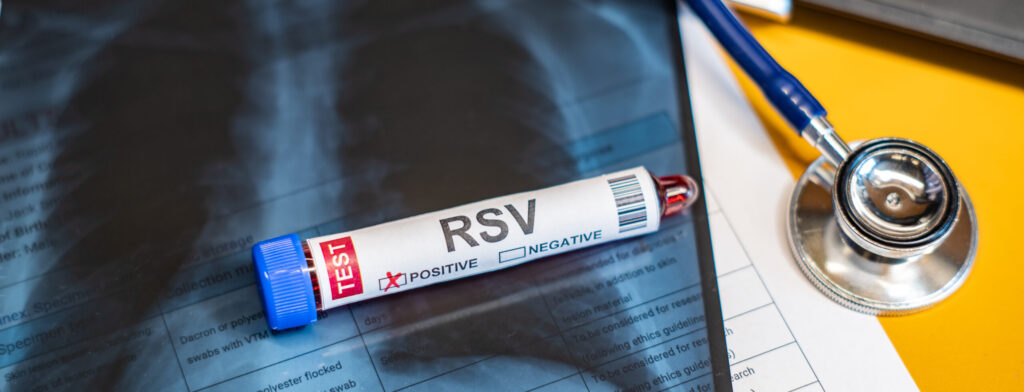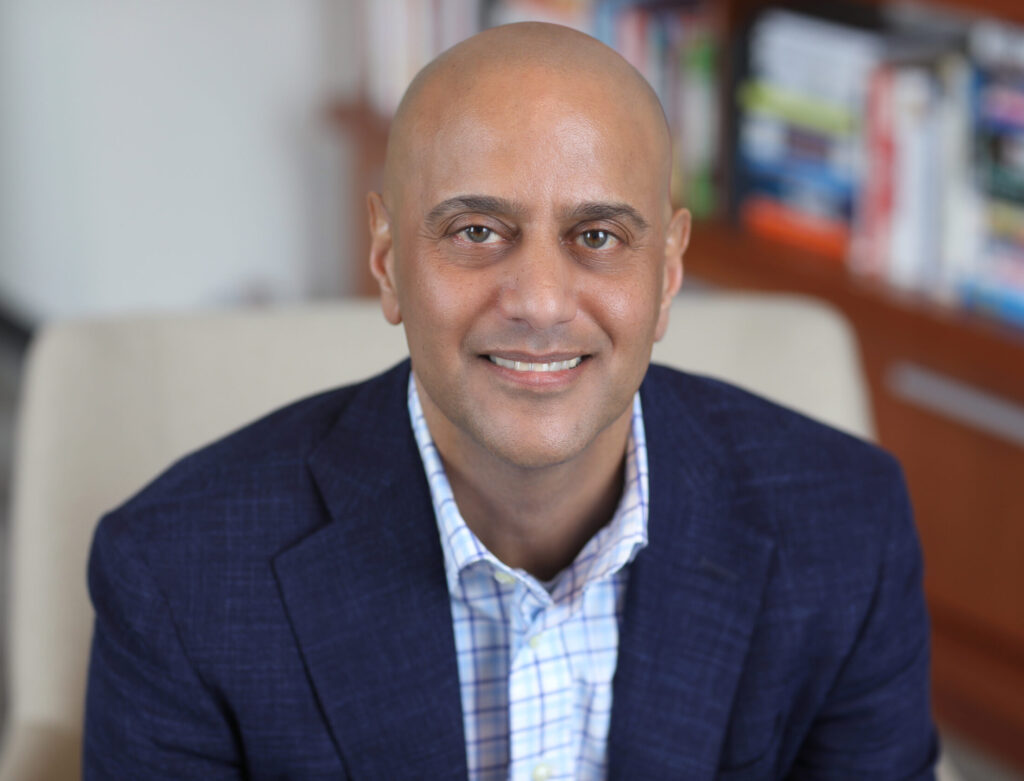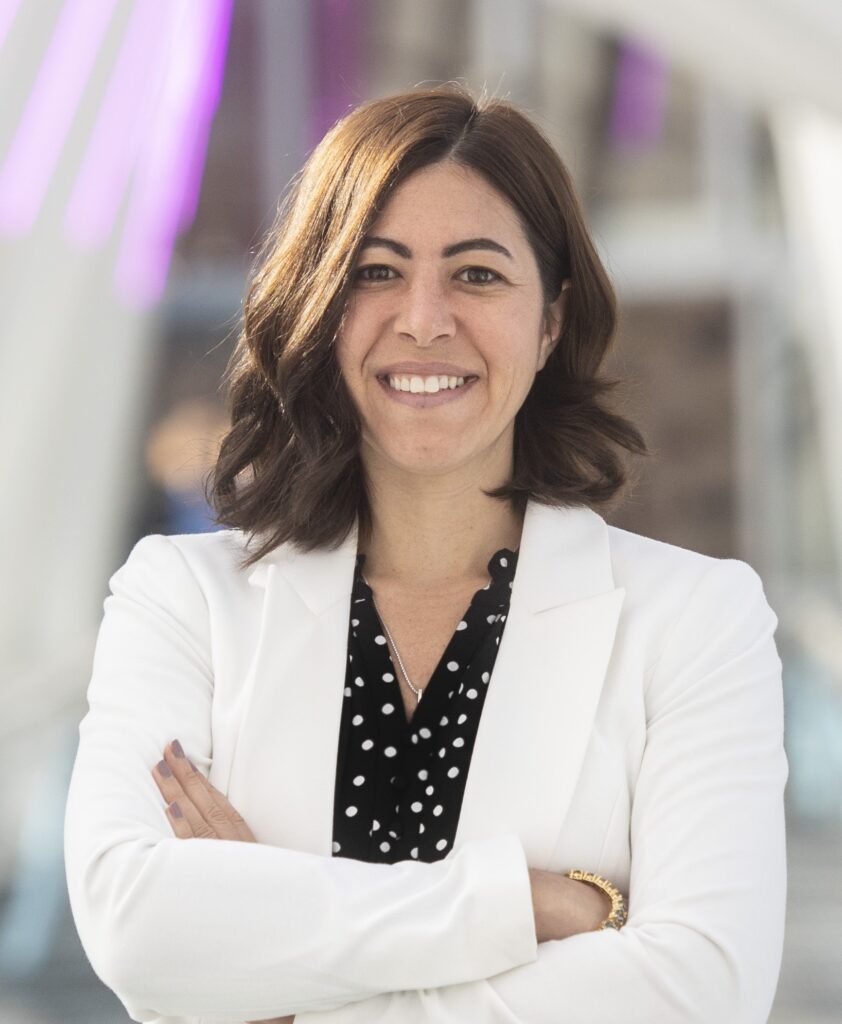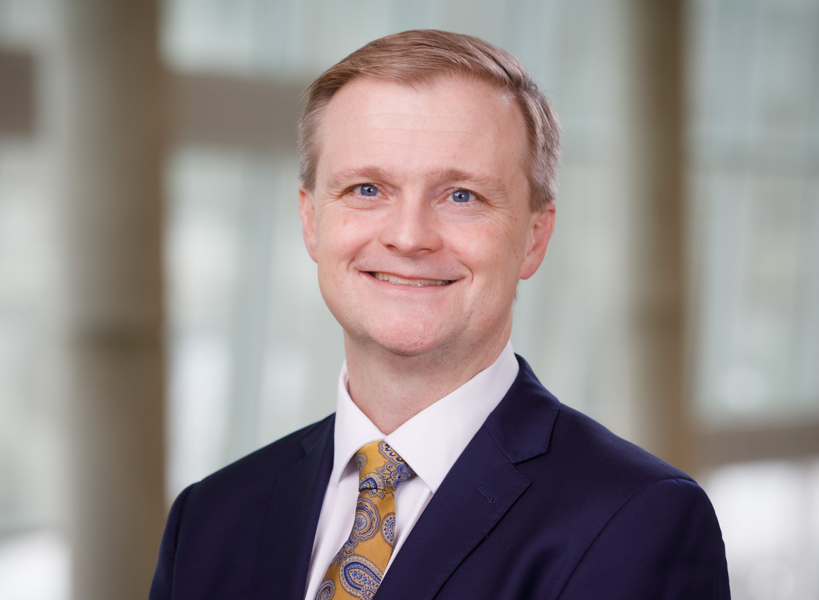 The new monoclonal antibody nirsevimab may radically change incidence and outcomes for respiratory syncytial virus (RSV) infections in young pediatric patients, especially when combined with the impact of the new RSV vaccine approved in pregnancy. However, many questions remain about the implementation of nirsevimab in the 2023-24 RSV season and its more long-term impacts.
The new monoclonal antibody nirsevimab may radically change incidence and outcomes for respiratory syncytial virus (RSV) infections in young pediatric patients, especially when combined with the impact of the new RSV vaccine approved in pregnancy. However, many questions remain about the implementation of nirsevimab in the 2023-24 RSV season and its more long-term impacts.
Current impact of pediatric RSV

Dr. Shah
“RSV is the most common diagnosis pediatric hospitalists see over the winter months,” said Samir S. Shah, (@SamirShahMD), MD, MSCE, MHM, vice chair of clinical affairs and education at Cincinnati Children’s Hospital in Ohio, editor-in-chief of the Journal of Hospital Medicine, and pediatric hospital medicine and infectious diseases physician. “RSV typically occurs in infants and children less than two years of age, with the most severe illness occurring in infants less than six months.”
No direct treatment is available, but very young children with severe disease may require hospitalization for supportive care such as oxygen and intravenous (IV) fluids to prevent mortality. In most of the U.S., the RSV season runs from the beginning of October through the end of March.
Andrea R. Hadley, (@AndreaHadleyMD), MD, FAAP, FHM, is chief of acute care pediatric medicine at Cornell Health/Helen DeVos Children’s Hospital in Grand Rapids, Mich. She pointed out that pediatric RSV infections can significantly strain hospital resources and contribute to staff burnout, especially combined with the concurrent impacts of SARS-CoV-2 and influenza. She said, “Especially since COVID-19, pediatric inpatient beds and resources like pediatric nurses have been decreasing around the country for a variety of reasons. That has made it even more difficult for the children’s and community hospitals to handle these big surges of patients.”

Dr. Hadley
Until recently the only therapy available to help prevent pediatric RSV was the monoclonal antibody palivizumab. However, it has an onerous administration schedule, requiring five monthly shots. Because of this and its high price ($1,500 or more per shot), the American Academy of Pediatrics and the Centers for Disease Control and Prevention’s Advisory Committee on Immunization Practices (ACIP) recommended it only for those with certain preexisting medical conditions which put them at risk of poor outcomes from RSV, which is less than 5% of infants.1
Like palivizumab, nirsevimab is a monoclonal antibody, but one that clinicians can administer in a single shot. Like palivizumab, nirsevimab is not a vaccine in the traditional sense, in that it does not provoke active immunity. Instead, the monoclonal antibodies themselves provide fast-acting and direct protection against disease for at least five months.2 The recombinant long-acting monoclonal antibody binds the F1 and F2 regions of the RSV fusion protein, locking the protein in place and thereby blocking viral entry into host cells.3
Russell McCulloh, (@RMcCulloh), MD, a professor in the divisions of hospital medicine and infectious diseases and vice president for research at the University of Nebraska Medical Center in Omaha, said, “Nirsevimab is much more effective in its binding than palivizumab, and consequently has better activity in reducing symptom severity. Based on studies looking at the anticipated effect on hospitalizations, it looks to be far more cost-effective than palivizumab.” A global trial showed that a single injection of nirsevimab reduced the incidence of RSV infections requiring medical attention by about 75% in otherwise healthy infants.3

Dr. McCulloh
Dr. McCulloh explained that because of these differences, the ACIP recommended that all infants born during RSV season receive nirsevimab, as well as infants less than eight months old when entering the season. They also recommended that older children, aged 8 to 19 months, also receive the vaccine if they are at risk for severe RSV disease.2 Dr. Shah also pointed out that nirsevimab has only shown mild adverse events in clinical trials, and that it had no differences in terms of serious side effects compared with palivizumab.
Dr. Hadley added, “The number needed to treat to prevent hospitalizations is in the 50s. So, if we can distribute it in the way we hope, that’s a lot of hospitalizations prevented, and that is going to have a huge impact on pediatric access to hospital beds and resources.”3
Nirsevimab implementation and availability
It’s unclear how widely health care practitioners will be able to deploy nirsevimab this season, but it will be covered under the federal Vaccine for Children Program (VFC), which provides vaccines at no cost to children who might not be vaccinated due to the inability to pay. The product is available at $395 via the VFC and for $495 through the private sector.4
Dr. Hadley said, “Some insurance companies have already said that they’re going to reimburse for it, but a lot haven’t yet. We’re waiting eagerly to hear that information.”
Dr. Hadley explained that ideally most eligible patients would receive nirsevimab at their primary-care home, and this will likely be how it is mostly administered in future seasons. However, she also pointed out that it may be financially challenging for some small practices to take on this uncertainty and financial risk, given that reimbursement for the current RSV season is still unclear.
“The great debate is how we can best get as many shots into kids across the country as possible,” she said. Some hospital systems may try to make nirsevimab available to qualifying patients, e.g., those born during the current RSV season, or perhaps to a subset of patients, e.g., higher-risk infants or those who qualify for the VFC program. Dr. Hadley speculated, “It may be that for a short window, we give it in the nurseries to try and get it to as many babies as we can until the private offices start ordering it.”
However, this will likely differ among institutions, and hospitals face barriers to practical implementation and reimbursement. Due to current payment structures, hospitals would not receive similar reimbursement for nirsevimab compared to current vaccinations given in the nursery such as hepatitis B.
Dr. McCulloh also pointed out that carrying costs for VFC could be very high for health systems outside of clinics, and it can be logistically difficult to manage VFC versus non-VFC administration. He suspects that most hospitals will not opt to stock nirsevimab, particularly those that don’t exclusively treat pediatric patients. Only 10% of birthing hospitals have traditionally participated in the VFC program.4
Supply issues have also been a challenge. Ordering through the VFC program was put on hold in October, although it is expected to resume with preference to providers who have not previously ordered. The maker of nirsevimab, Sanofi, reported higher-than-expected demand for nirsevimab, especially for the 100-mg dose, used for infants of 5 kg or more. This formulation is not currently available for ordering through Sanofi, and using two 50-mg doses instead has not been studied.4
“It’s going to be imperative that pediatric nursery and hospital clinicians work closely with their pharmacy and therapeutics committees to understand what’s going to be available, even if that’s not in the hospital, to maximize equitable access post-discharge from the nursery,” Dr. McCulloh said. “You’ve got to be able to provide some information to patients.”
Maternal RSV vaccine
Another complicating factor for systems administration is that the mother’s vaccination status must be considered. In September, ACIP recommended that pregnant women receive a dose of the new adult RSV vaccine (Abrysvo) at 32 to 36 weeks of pregnancy, giving at least some protection to infants for approximately three to six months after birth.5
According to guidelines from the American Academy of Pediatrics, infants whose mothers received an RSV vaccine should not receive nirsevimab unless the mother received it less than two weeks before delivery.2 Dr. Shah explained that trials showed a statistically nonsignificant difference in preterm births in pregnant people who received the RSV vaccine at 24 weeks or later, compared to placebo. Thus, out of caution, the current recommendation is to give the vaccine to the patient at 32 weeks to 36 weeks gestational age.6
“We know that the hospital is an opportune place to talk about vaccines for adults as well as children,” Dr. McCulloh said. “If you are seeing a pregnant adult, you should be surveilling for the COVID-19 vaccine, the flu vaccine, Tdap, the RSV vaccine. Because all of those are associated with the reduced risk for acute illness, disability, and death in pregnant people, and all have downstream positive impacts on their child’s risk of infection and illness.”
Looking forward
It’s unclear how the availability of these new products will affect the current RSV season. Dr. Hadley said, “We’re still going to see a surge. We’re forced to brace for the worst just because of so many unknowns.”
By fall 2024, more of the infrastructure for administering nirsevimab should be in place, such as order sets and decision aids for clinicians. In terms of implementation this season, health disparities are likely in terms of who gets access to nirsevimab, as more educated parents proactively seek it out. “Despite good solid efforts from public health officials and providers, I think this first rollout will be more inequitable and hitchy this year compared to next,” Dr. McCulloh said.
Even though nirsevimab is not a vaccine in the traditional sense, another potential barrier is vaccine hesitancy. However, Dr. McCullough notes that in his experience, patients have been more open to RSV vaccines compared to SARS-CoV-2, which has a less than 10% coverage rate in children under five years. He asked, “Is our coverage going to be around mid-40s like we see for seasonal flu? We’re not sure.”
Long term, it will also be important for health care systems to consider and plan for the potential impact of these new preventative measures on hospital volumes and income. Dr. Shah noted that the impact may ultimately be similar to that of the rotavirus vaccine, which has radically decreased what had been a relatively common hospitalization in infants.
“This is a good thing for individual children and their families, for the community,” Dr. McCulloh said. “For health systems, it may mean they have to watch this closely and adapt to changes moving forward.”
Ruth Jessen Hickman is a graduate of the Indiana University School of Medicine in Indianapolis. She is a freelance medical writer living in Bloomington, Ind.
References
- Jones JM, Fleming-Dutra KE, et al. Use of nirsevimab for the prevention of respiratory syncytial virus disease among infants and young children: Recommendations of the Advisory Committee on Immunization Practices — United States, 2023. MMWR Morb Mortal Wkly Rep. 2023;72(34):920-5.
- American Academy of Pediatrics. Nirsevimab frequently asked questions. AAP website. https://www.aap.org/en/patient-care/respiratory-syncytial-virus-rsv-prevention/nirsevimab-frequently-asked-questions. Updated October 26, 2023. Accessed November 3, 2023.
- Hammitt LL, Dagan R, et al. Nirsevimab for prevention of RSV in healthy late-preterm and term infants. N Engl J Med. 2022;386(9):837-46.
- Jenco MSupply issues plague nirsevimab ordering. American Academy of Pediatrics website. https://publications.aap.org/aapnews/news/26623/Supply-issues-plague-nirsevimab-ordering. Published October 17, 2023. Accessed November 3, 2023.
- CDC Media Relations. CDC recommends new vaccine to help protect babies against severe respiratory syncytial virus (RSV) illness after birth. CDC Newsroom website. https://www.cdc.gov/media/releases/2023/p0922-RSV-maternal-vaccine.html. Published Sept 22, 2023. Accessed November 3, 2023.
- The American College of Obstetricians and Gynecologists, Ault KA, et al. Maternal respiratory syncytial virus vaccination: Practice advisory. ACOG website. https://www.acog.org/clinical/clinical-guidance/practice-advisory/articles/2023/09/maternal-respiratory-syncytial-virus-vaccination. Published September 2023. Updated October 10, 2023. Accessed November 3, 2023.
Is no one concerned about drug company sponsored studies and lack of long term safety data of a novel therapy?